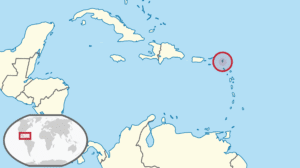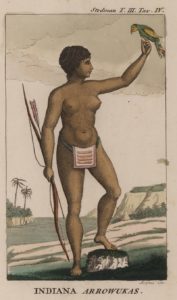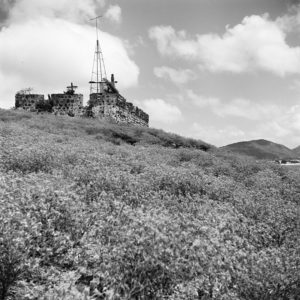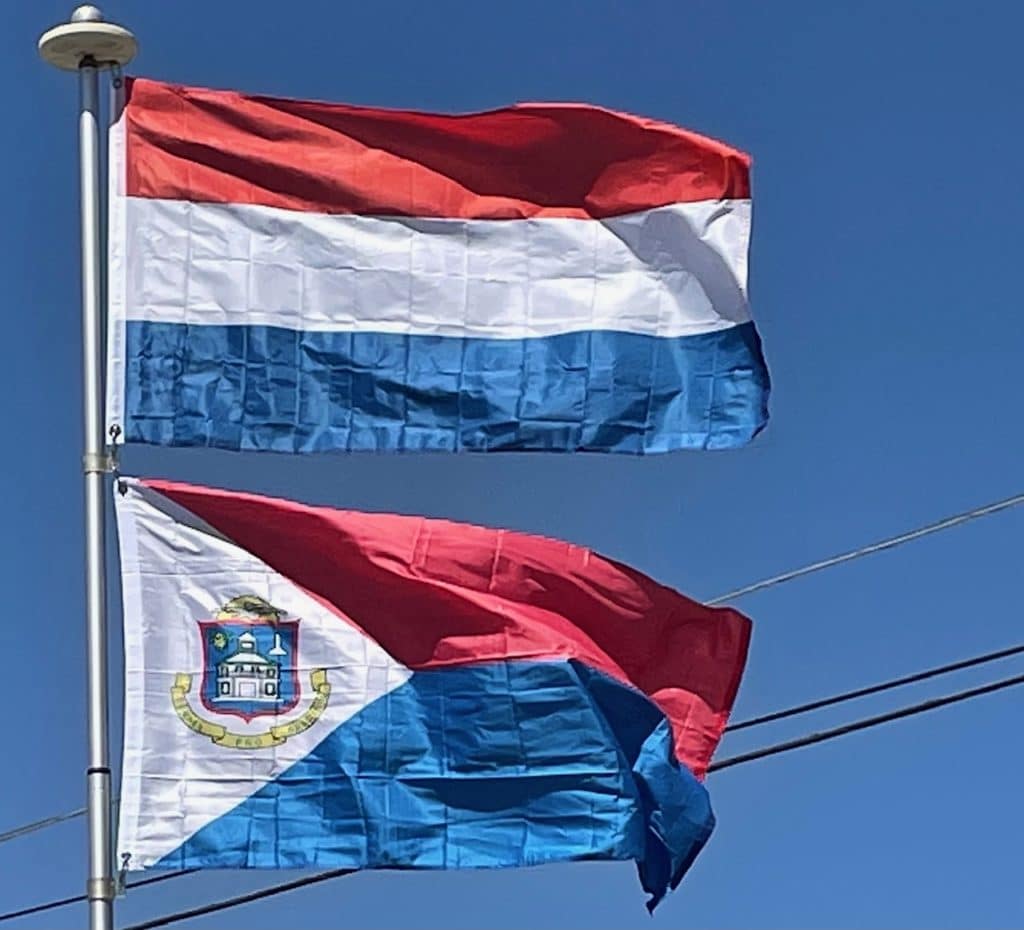Introduction:
Sint Maarten is a constituent country of the Kingdom of the Netherlands in the Caribbean. With a population of 41,486 as of January 2019 on an area of 34 km2 (13 sq mi), it encompasses the southern 40% of the divided island of Saint Martin, while the northern 60% of the island constitutes the French overseas collectivity of Saint-Martin. Sint Maarten’s capital is Philipsburg. Collectively, Sint Maarten and the other Dutch islands in the Caribbean are often called the Dutch Caribbean.

Before 10 October 2010, Sint Maarten was known as the Island Territory of Sint Maarten, and was one of six island territories that constituted the Netherlands Antilles. Sint Maarten has the status of an overseas country and territory (OCT) and is not part of the EU.
On 6 and 7 September 2017, the island was hit by Category 5+ Hurricane Irma, which caused widespread and significant damage to buildings and infrastructure.
History:
Pre-Colonial:
Sint Maarten had been inhabited by Amerindian peoples for many centuries, with archaeological finds pointing to a human presence on the island as early as 2000 BC. These people most likely migrated from South America.

The earliest identified group were the Arawak people who are thought to have settled around the period 800 BC – 300 BC. Circa 1300-1400 AD they began to be displaced with the arrival of the more bellicose Carib peoples.
Arrival of Europeans:
It is commonly believed that Christopher Columbus named the island in honor of Saint Martin of Tours when he encountered it on his second voyage of discovery. However, he actually applied the name to the island now called Nevis when he anchored offshore on November 11, 1493, the feast day of Saint Martin. The confusion of numerous poorly charted small islands in the Leeward Islands meant that this name was accidentally transferred to the island now known as Saint-Martin/Sint Maarten.
Nominally Spanish territory, the island became the focus of the competing interest of the European powers, notably France, Britain and the Netherlands. While the French wanted to colonize the islands between Trinidad and Bermuda, the Dutch found San Martín a convenient halfway point between their colonies in New Amsterdam (present day New York) and New Holland. Meanwhile, the Amerindian population began to decline precipitously, dying from introduced diseases to which they had no immunity.

The Dutch built a fort (Fort Amsterdam) on the island in 1631; Jan Claeszen Van Campen became its first governor and the Dutch West India Company began mining salt on the island. Tensions between the Netherlands and Spain were already high due to the ongoing Eighty Years’ War, and in 1633 the Spanish captured St Martin and drove off the Dutch colonists. At Point Blanche, they built what is now Old Spanish Fort to secure the territory. The Dutch under Peter Stuyvesant attempted to wrest back control in 1644, but were repulsed. However, in 1648 the Eighty Years’ War ended and the Spanish, no longer seeing any strategic or economic value in the island, simply abandoned it.
